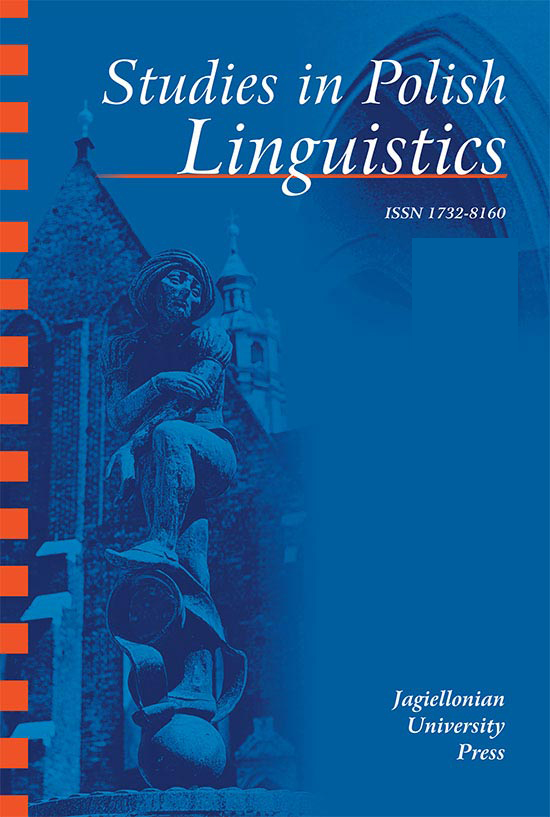The study of Polish phonotactics: Measures of phonotactic preferability
The study of Polish phonotactics: Measures of phonotactic preferability
Author(s): Paulina Zydorowicz, Paula OrzechowskaSubject(s): Language studies, Theoretical Linguistics, Applied Linguistics
Published by: Wydawnictwo Uniwersytetu Jagiellońskiego
Keywords: consonant clusters; morphological boundaries; phonotactic preferability; Polish
Summary/Abstract: The goal of this paper is to investigate Polish phonotactics from the point of view of different measures of phonotactic preferability. The inventory of word-initial and -final clusters is extracted from a dictionary and analysed in accordance with two principles of phonotactic complexity, namely, the Sonority Sequencing Generalisation and Net Auditory Distance. Sonority entails measurements of distances between consonants expressed by the manner of articulation, whereas NAD uses the manner of articulation, place of articulation as well as the obstruent/sonorant distinction. These differences are likely to contribute to a different assessment of clusters, which is the main focus of this paper. Moreover, since a set of Polish clusters arise due to morphology, a distinction is drawn between phonotactic and morphonotactic clusters, i.e. phonologically and morphologically motivated. We are interested in verifying to what extent the principles under investigation reflect the relation between cluster preferability and morphological complexity. The analysis shows that NAD, as a more restrictive measure of phonotactics, rejects a larger portion of word-initial and -final clusters on well-formedness grounds. Secondly, we demonstrate that both principles generally show a strong relation between cluster preferability and morphological complexity.
Journal: Studies in Polish Linguistics
- Issue Year: 12/2017
- Issue No: 2
- Page Range: 97-121
- Page Count: 25
- Language: English

